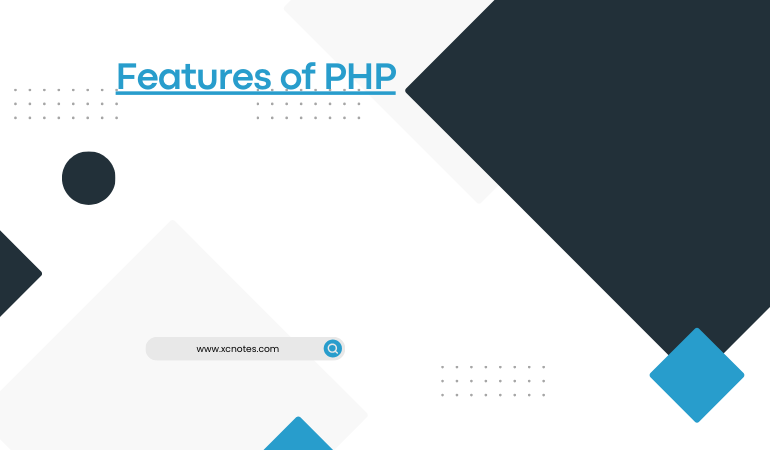- Database Integration
- User Authentication with PHP
- Creating GIFs with PHP
- PHP Functions for Working with FTP Servers
- Working with HTTP Cookies
- Regular expressions in PHP
- Error Handling in PHP
- E-mail and PHP
- PHP is awesome!
Database Integration
Probably PHP’s most powerful and significant aspect is the level of interaction with databases. Building a web application that works with a database is fairly straightforward.
In modern times, the PHP language supports integration with almost all known databases: Adabas, Sybase, Oracle, FilePro, mSQL, Velocis, MySQL, dBase, ODBC, Informix, Solid, Unix dBm, PostgreSQL (pgsql). Obviously, this list will be constantly updated by developers. There is no doubt that if your web server has a database, then this is one of the listed ones. But even if there is no such good on the hosting, this is not a problem. With PHP, you can easily emulate a database by working with plain text files. In addition, hosting providers often support the SQLite library for PHP, which creates databases in plain text files, but uses the SQL query language, which greatly simplifies working with it. And despite the small disadvantages, SQLite is much faster than regular databases.
User Authentication with PHP
Authentication allows password entry into a closed (protected) area. HTTP authentication in PHP only works using the Apache webserver. When using special php-functions, a dialog box is called with a login and password. The entered data can be easily checked. But it is much more interesting and convenient to create a secure zone on your own and open access to this zone for authorized users, for this the PHP language has much more capabilities than regular HTTP authentication.
Creating GIFs with PHP
In addition to generating HTML output (code and text), PHP allows you to create GIF, JPEG, or PNG images. To use this feature, you need to add the GD library to PHP. The GD library adds image processing functions, as well as some other interesting functions, such as turning text into an image.
PHP Functions for Working with FTP Servers
These are very useful functions with which you can create your own FTP client and file manager that will allow you to fully manage files on a remote server. PHP gives you full control over files, for example, you can set a limit on the size of the uploaded file or its extension, write and read information from the file, change file permissions, and so on.
Working with HTTP Cookies
PHP can work with HTTP cookies. Cookies (cookies, cookies) are needed to save data in the client browser. In this way, users visiting your website can be identified. Cookies are set by the setcookie() function. The cookie is part of the HTTP header and therefore the setcookie() function must be called before the information is displayed to the visitor’s browser. With PHP, you can easily read the cookie from the browser and manipulate it however you like
Regular expressions in PHP
Regular expressions are essential for complex string parsing in PHP. I think this is one of the most wanted features in PHP. With these functions, you can do anything with the text. For example, no crawler (web spider), which is needed to crawl the contents of websites, can not do without such functions.
Error Handling in PHP
Error Handling PHP can handle errors both globally and locally. You can even completely disable the display of error messages (except critical ones) to the user (this is important to do in a finished project that is already running on a web server), or create a function to send an error message to the administrator’s e-mail, for example. You can set up PHP scripts in such a way that errors will be caught, and then the scripts will decide on further actions.
E-mail and PHP
In addition to many other e-mail functions in PHP, there is one standard function for sending mail, mail(). To send an e-mail, just enter the address and text of the message.
PHP is awesome!
From personal experience, I can say that a site created on PHP scripts is very fast and efficient in its work. PHP is great for creating a high-load and multifunctional portal. But for the normal functioning of such a portal, elementary care, high-quality web server settings, and well-written program code are needed.
So, we have covered the main features of the PHP language, and as you study it further, you will be able to easily create very complex scripts.

